Anton Paar DMA 35N User manual
Other Anton Paar Measuring Instrument manuals

Anton Paar
Anton Paar ViscoQC 300 Series Original instructions
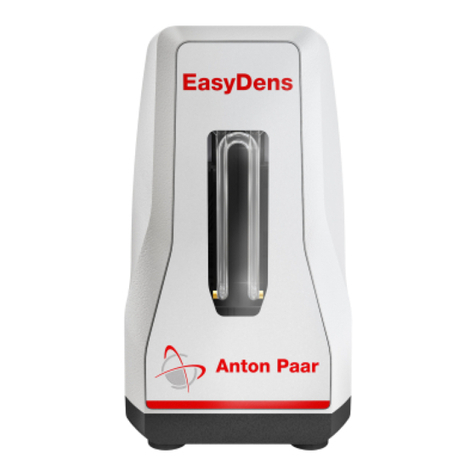
Anton Paar
Anton Paar EasyDens Original instructions

Anton Paar
Anton Paar TCU 1000 User manual
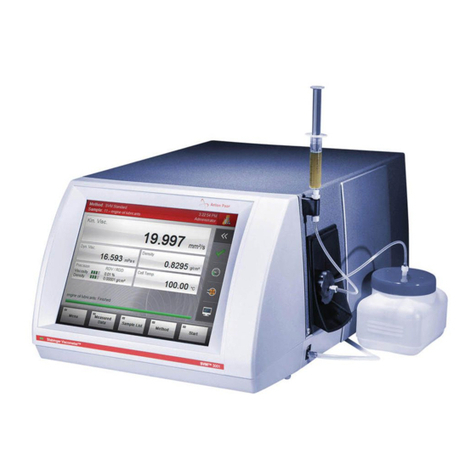
Anton Paar
Anton Paar SVM 2001 Original instructions
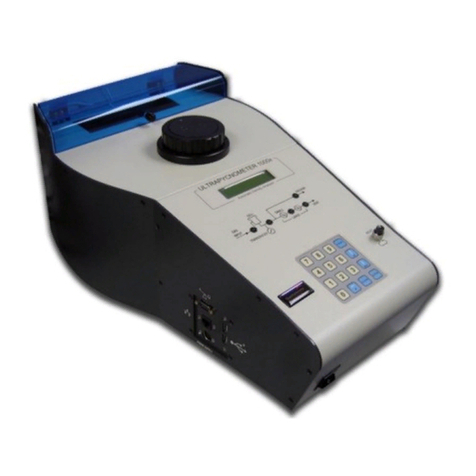
Anton Paar
Anton Paar Quantachrome ULTRAPYC UPY-32 User manual
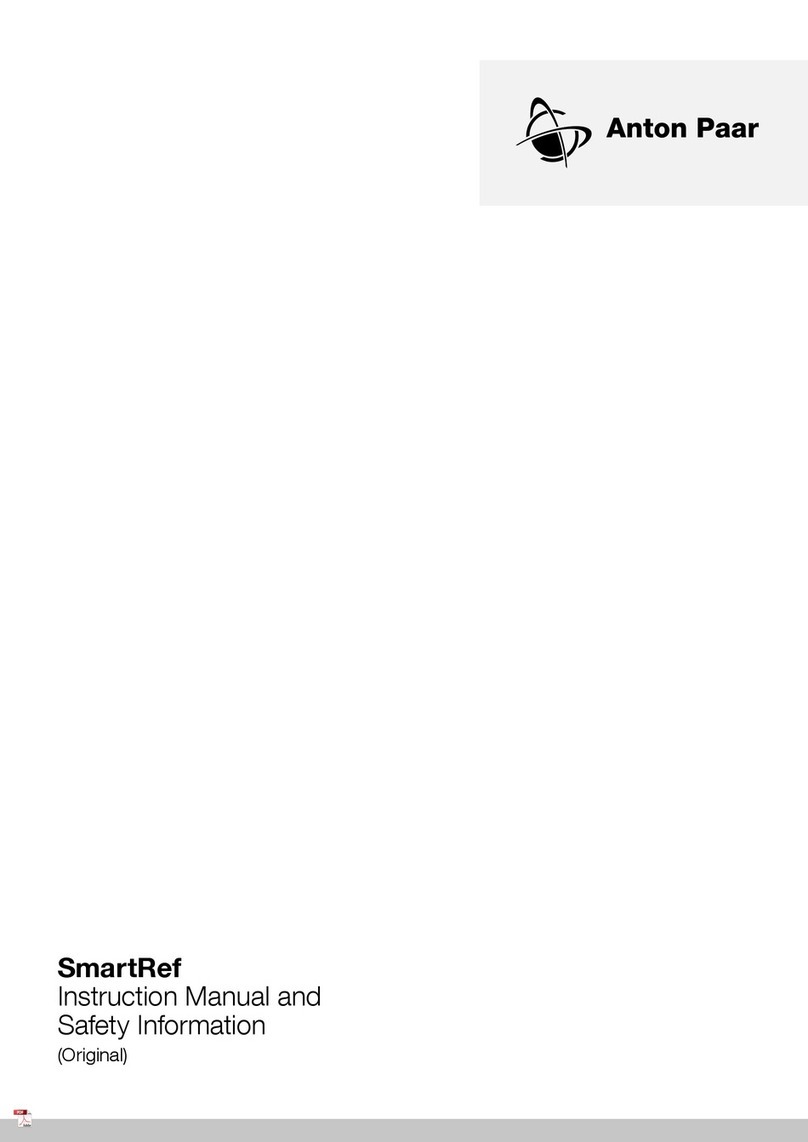
Anton Paar
Anton Paar SmartRef Original instructions
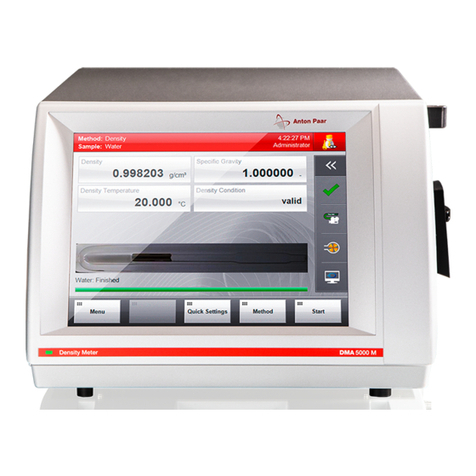
Anton Paar
Anton Paar DMA 4100 M Original instructions

Anton Paar
Anton Paar Lovis 2000 M/ME Manual
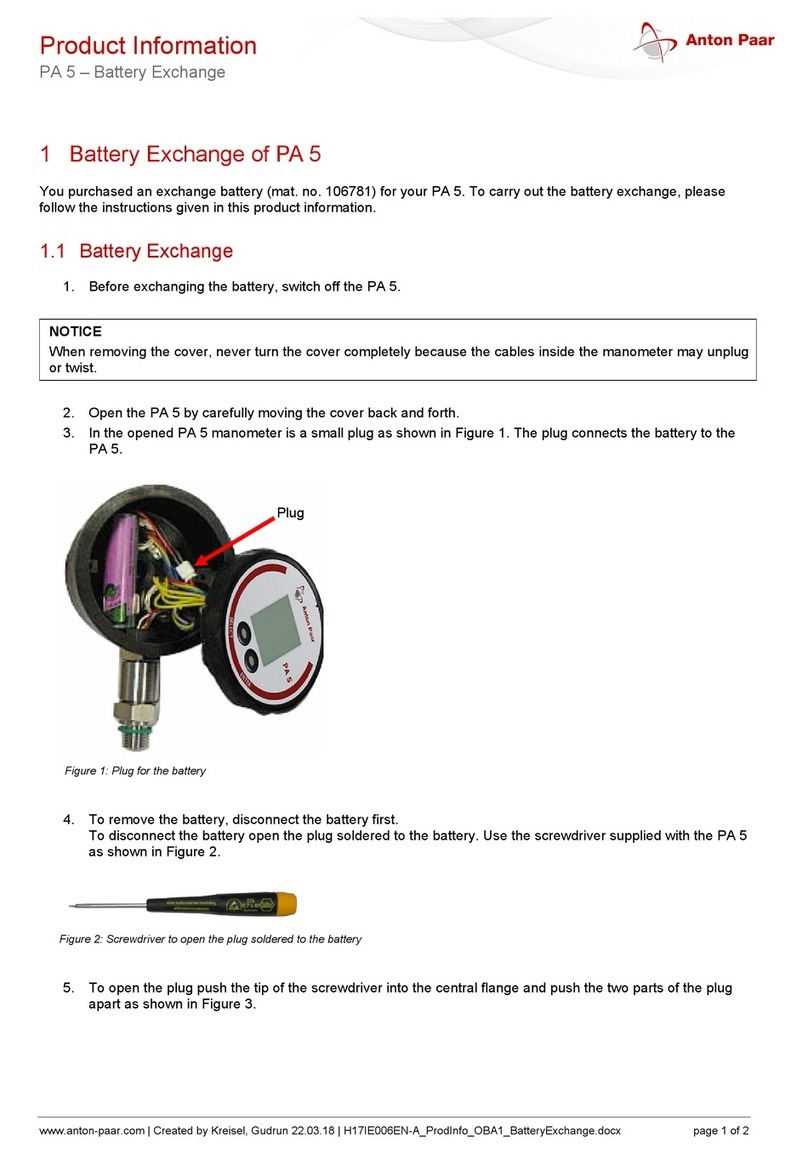
Anton Paar
Anton Paar PA 5 User manual
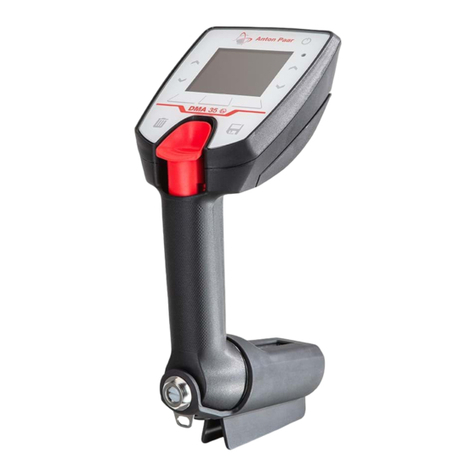
Anton Paar
Anton Paar DMA 35 Manual
Popular Measuring Instrument manuals by other brands

Powerfix Profi
Powerfix Profi 278296 Operation and safety notes

Test Equipment Depot
Test Equipment Depot GVT-427B user manual

Fieldpiece
Fieldpiece ACH Operator's manual

FLYSURFER
FLYSURFER VIRON3 user manual

GMW
GMW TG uni 1 operating manual

Downeaster
Downeaster Wind & Weather Medallion Series instruction manual

Hanna Instruments
Hanna Instruments HI96725C instruction manual

Nokeval
Nokeval KMR260 quick guide

HOKUYO AUTOMATIC
HOKUYO AUTOMATIC UBG-05LN instruction manual

Fluke
Fluke 96000 Series Operator's manual

Test Products International
Test Products International SP565 user manual

General Sleep
General Sleep Zmachine Insight+ DT-200 Service manual




















